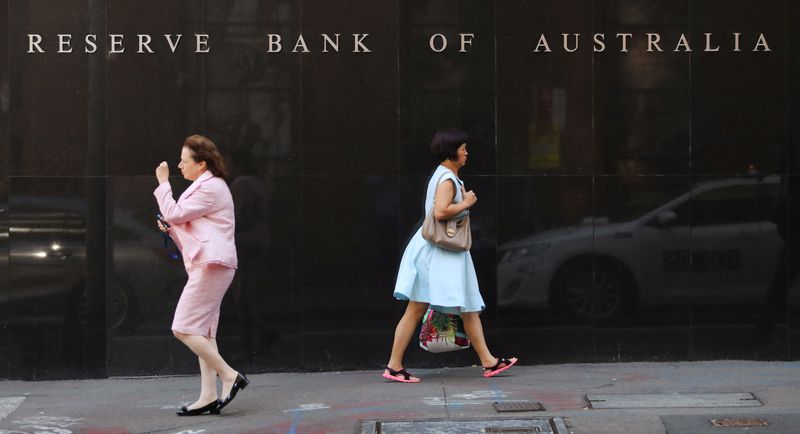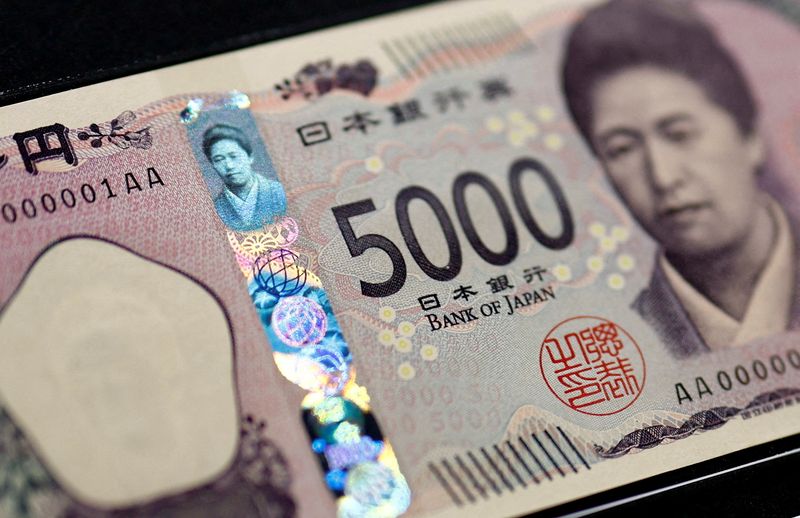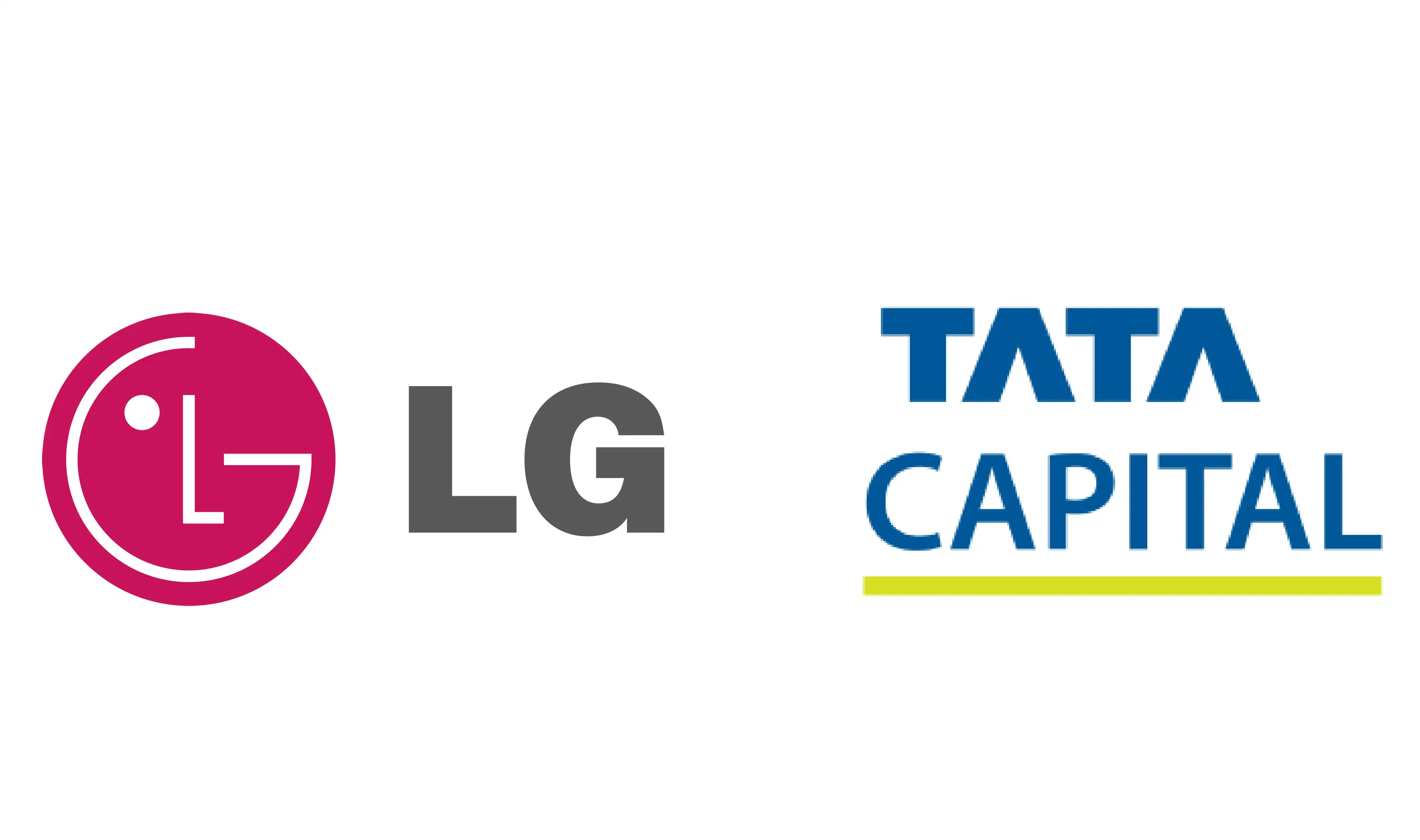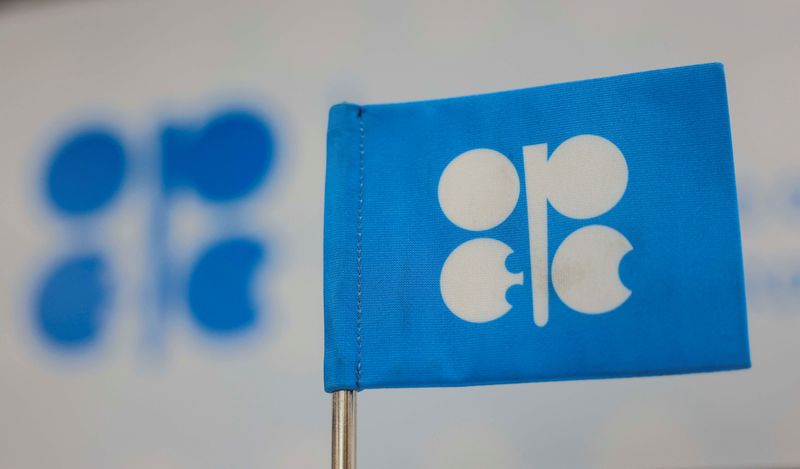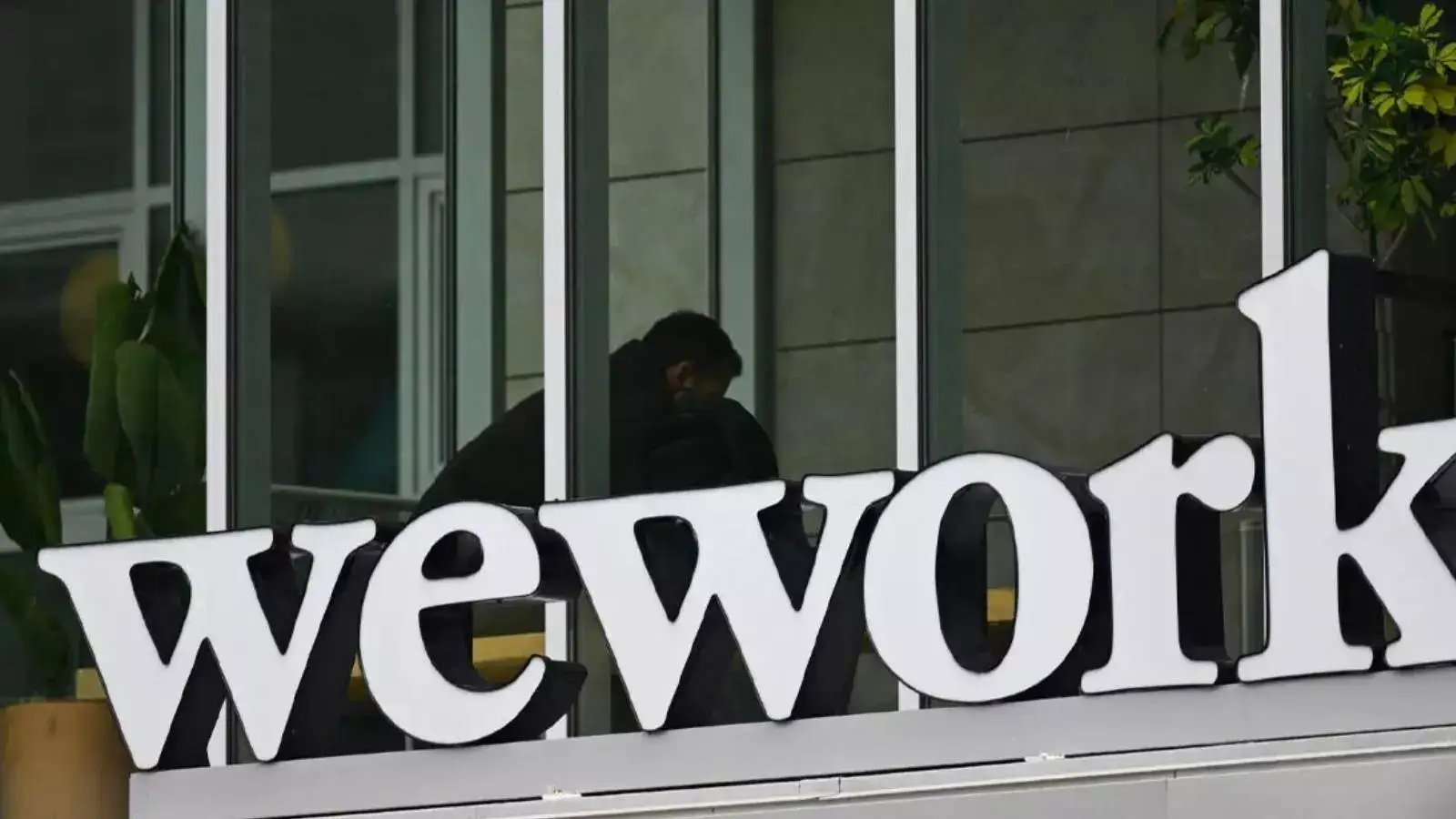How Crypto has redefined international money transfers
Digitalization has already made our world more interconnected than ever before and has unprecedentedly streamlined transactions between individuals and entire nations across the globe. However, there are a few nuances that require attention. The interconnectivity we are seeing now has not reached its limit and is only going to accelerate. According to Statista, fiat currencies still dominate cross-border transactions and will reach $913 billion in 2025, up 3.4% from 2024. Yet fiat currencies have technical limitations and are creating scalability issues for many industries that need more seamless and faster financial instruments. Part of cryptocurrencies’ original purpose was to address these limitations, so their share and importance in cross-border transactions is also growing. Why Does Traditional Finance Create Delays? Fiat currencies and traditional financial systems have several reasons for dramatic delays on a global scale. First of all, traditional finance often has to rely on counterparties whose systems contain huge amounts of legacy code and hardware. Also, many large financial institutions still use such legacy platforms that were in some cases implemented decades ago. Given the speed of technological development, many readers here might have even started to search what such infrastructure consists of. They still process millions of our transactions every day. The same goes for the software used to do it. One may think that leaving systems as they are is inefficient, but there can be very practical reasons behind it. Also, it can often not be beneficial to completely replace or modernize these systems resulting from the significant technical complexity. Lastly, if a bank decides to do it as a long-term investment – downtime in their operations can create risks for their market positions and harm their market share. These archaic infrastructures, however, have their undeniable advantages, such as record fault tolerance, reliability, and performance in modern iterations. But even given this, each additional network node creates delays. Traditional finance systems have a lot of such nodes through which the transfer passes and requires approval. One starts to realize that these intermediate nodes add not only time but also transaction costs in the form of various fees. How Сryptocurrencies Address Those Delays Cryptocurrencies emerged much later and initially began to operate on more advanced hardware, the speed, functionality, and availability of which is superior to previous generations of computers. At the same time, blockchain, the technology on which cryptocurrencies are developed and operate, was originally designed as a decentralized financial system to eliminate all of these middle hurdles. It does not use a transfer mechanism that goes through many authorities in different jurisdictions and is converted into different financial systems, getting approval. It is one international network and a mathematical algorithm that conducts, approves, and validates the transfer. Ask a person whose income consists mostly of fiat currencies how many days they wait for a transfer. Then ask the same question of those whose income is mostly crypto – and one may hear them talk about minutes or seconds, depending on the particular blockchain. Additionally, transfer fees are another advantage potentially offered by cryptocurrencies – traditional finance tends to include high fees for cross-border transactions, while most blockchains incorporate significantly lower ones. The Gap Between Fiat Currencies and Cryptocurrencies Of course, it doesn’t work in such a way that one system eliminates the other in a single day. They coexist, one continues to hold dominance, and gradually hands it over to the more advanced one. Currently, paying with cryptocurrencies in everyday life – while improving – is still a challenge in many jurisdictions, due to technical and/or legal limitations. The adoption of this ability is still challenging and fiat currencies are still involved along with providers like Visa or MasterCard. Additionally, decentralized finance has not yet replaced traditional finance, and in many ways it is still isolated in terms of its range of use for a person’s daily needs. For example, cryptocurrencies are not readily available alongside traditional currencies still within many banks’ multi-currency account & debit card. Bridging the Gap: Simplifying Crypto Transactions To truly drive mass adoption, crypto needs to become as easy to use as PayPal or Stripe for anyone. Yet, despite the promising potential of cryptocurrency, many solutions still leave users frustrated by complex systems and steep learning curves. From many sources on these challenges out there, one stands out recently where the Ka.app CEO, Carl Roegind, shared his journeyof discovering these challenges and finding a way to simplify the experience for everyone, no matter their industry knowledge & background. He explained, “Ka.app sits right at the intersection of traditional banking and crypto. With our platform, you can seamlessly manage both fiat and crypto in one place, making it easier for users to navigate the best of both worlds.” Ka.app’s innovative approach hasn’t gone unnoticed in the crypto space, which was recently highlighted, emphasizing its potential to overcome key adoption barriers. Fortunately, there are more companies such as Ka.app that understand the challenges faced within both tradition and decentralized finance, and push ahead aiming to resolve them to truly enable cryptocurrency to play a larger role within everyone’s needs. As the global payments landscape continues to evolve, cryptocurrency offers new possibilities that challenge the status quo. While traditional banking systems remain dominant, there is growing interest in how digital currencies can simplify cross-border transactions and provide greater financial freedom. Solutions that bridge the gap between fiat and crypto, are helping to make this transition smoother, allowing users to manage both seamlessly. By making crypto more accessible and easier to use, these platforms are contributing to the broader movement of financial inclusion, where users are empowered to choose the tools that best fit their needs. Link: https://www.analyticsinsight.net/cryptocurrency-analytics-insight/changing-the-global-payments-narrative-how-crypto-has-redefined-international-money-transfers?utm_source=pocket_shared Source: https://www.analyticsinsight.net The post How Crypto has redefined international money transfers appeared first on Fintech News.
Advertisement



